17 May 2017
Automotive Workers in Transition Program
The Hon. A.L. McLACHLAN ( 15:15 :57 ): I seek leave to make a brief explanation before asking the Minister for Automotive Transformation a question.
Leave granted.
The Hon. A.L. McLACHLAN: Late last year, the minister tabled an answer to my question without notice. The minister’s answers stated that the system used by the government to track participants in the Automotive Workers in Transition Program does not separate employment outcomes into full time or part time. Can the minister advise the chamber whether the system is unable to carry out this function or whether it has been a deliberate policy decision by the government?
The Hon. K.J. MAHER (Minister for Employment, Minister for Aboriginal Affairs and Reconciliation, Minister for Manufacturing and Innovation, Minister for Automotive Transformation, Minister for Science and Information Economy) ( 15:16 :37 ): I thank the honourable member for his question. I think the question is the tracking of workers through the Automotive Workers in Transition Program, divided between part-time and full-time work. I think this is very similar to a question that has been asked in the last couple of weeks about the outcomes from the Automotive Workers in Transition Program. I think there are some thousands of interactions that the program has had with workers in the auto industry.
I have sought some advice as late as earlier today about the tracking of workers through the program. It is the case that the program focus to date has been very, very strongly on making sure that workers know what the program can offer and getting workers to register for the program. The program covers workers in the supply chain of the auto industry—some 70-odd tier 1 and tier 2 companies that supply the auto industry, primarily Holden, but also Ford and Toyota in Victoria. As Toyota is still going, there are companies that are still supplying Toyota, so the focus has quite rightly been on making sure that workers are aware of what programs are available and encouraging workers to seek career counselling and those kinds of services and the training that is available through the Automotive Workers in Transition Program.
I have outlined some statistics in the last week about the number of people who have availed themselves of those programs. Certainly, that is increasing. We did find that when this program started there was a slow take-up of the program and that when Holden announced they were leaving some three years ago it took some time for workers to turn their mind to registering for the program. That certainly has been one of the challenges, not just in South Australia but also in Victoria—to make sure that workers in supply chain companies are aware of what is available to them.
Many of these companies are small and medium size businesses that have in some cases been supplying the auto industry for decades. Many of them are family-owned companies, and it has not been easy to be able to hold information sessions at all of them, by virtue of the size and the nature of the company. But that certainly has been the focus of the auto transformation team: to make sure that people are aware of what is available to them.
I think the Hon. David Ridgway asked a question this week about the Automotive Workers in Transition Program. It has been a focus, and the Drive Your Future campaign has been aimed at making sure workers are aware of the programs that are available. Certainly, we know that similar issues are faced in Victoria. They have had a similar campaign, including advertising, to make sure workers in the auto supply chain—
The Hon. D.W. Ridgway interjecting:
The Hon. K.J. MAHER: The Hon. David Ridgway asks about his question yesterday. Certainly, it is the case that Holden workers are receiving these services through Holden.
The Hon. D.W. Ridgway interjecting:
The Hon. K.J. MAHER: Holden workers are receiving similar services through Holden. The Automotive Workers in Transition Program is a government program that provides very similar services—career advice, counselling, training programs—for supply chain workers. Of course, any publicity we do is aimed at getting anyone involved in the auto industry, whether that be from Holden or the supply chain, to make sure they are availing themselves of those services. So, any publicity we do would seek to have a benefit for those in Holden, to access the transition centre that is run by Holden at the Holden site, but also, and importantly, to encourage those people to access our own Automotive Workers in Transition Program through those supply chain companies.
The focus, as I have said, has been very much on making sure that workers register for those programs that are available, but now we are turning attention to looking at how we track what those workers do through those programs and also what the outcomes are, including job outcomes through there. So, no, we do not have statistics, whether it be full time or part time, yet, but quite rightly the team has been focused on making sure people access those programs. That is the next stage—to look at what metrics can be used to see how those programs have benefited them over time. So, as we turn to that phase, I will be happy to supply the honourable member with some of those answers.
View source
